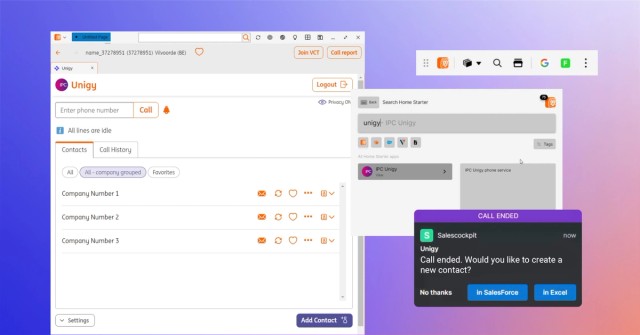February 5, 2019
iframe is a First Class Desktop Citizen with OpenFin OS

Remember the iframe? First introduced by Microsoft’s Internet Explorer in 1997 among a cohort of now outdated frame and frameset tags, it allowed developers to create a visual portal displaying another site’s content. Although it’s now known mostly in the ad-tech space for serving online advertising, iframes are more vital than ever in FinTech. Used with finance desktops as an easy way to channel useful content, they’re used by teams who are leapfrogging packaging and deployment bureaucracy in order to use preferred Web apps – with no approvals necessary.
Iframes are also ideal for Web apps that can’t be easily integrated because of incompatible frameworks or because they were built by different development teams. Instead of being rewritten in order to be integrated, they can simply be sliced into existing Web pages.
The iframe embeds something that you either cannot change, do not want to change, or just don’t own – with the wisdom that you don’t have to specify a difference. This versatility makes the iframe a vital aspect of OpenFin’s desktop architecture.
With great functionality comes great responsibility. So, like a set-top box with unlimited channels and fine-tuned parental controls, the latest version of the OpenFin API opens the door to even greater freedom and capability by supporting direct API access from iframes while maintaining strict controls over third-party functions.
OpenFin API access allows iframe content to fully participate in workflows across the desktop, interacting with Windows, notifications, native applications…any part of operations. Content always populates where it’s supposed to, without disturbing the rest of your desktop’s real estate.
And when you don’t necessarily trust what you’re embedding – or just don’t want to give it unrestricted access to your API – OpenFin rules keep third-party apps from noodling around with other windows, interacting with sent and received data, or otherwise messing with your perfectly balanced ecosystem.
We treat the OpenFin API like a resource, the same way you’d use a document or window. For example, if you’re writing JavaScript in a website, you make the assumption that your document and its window are always going to be there, existing as integrated parts of the environment. In OpenFin, we treat the API as part of the environment as well, so it’s loaded and ready to count on before your code executes. If you’re writing in OpenFin, your API is there for you, providing the framework for your desktop masterpiece. And, if you’re iframe-ing content, you now have the choice of restricting that masterpiece from unknowing mishaps, malicious code or just kids trying to get an unscrambled peek of something they shouldn’t be seeing.
We greatly appreciate the feedback we’ve received on this topic from our developer community. We’ve done the hard work to ensure security while giving developers the flexibility they need. That is what our tagline “Move Fast. Break Nothing.” is all about.
Enjoyed this post? Share it!
Related Posts
All Posts ->
Featured
Enhanced Deployment Flexibility with OpenFin's Fallback Manifests
Thought Leadership

Featured
ING Integrates OpenFin for Salesforce to Optimize Workflows
Thought Leadership